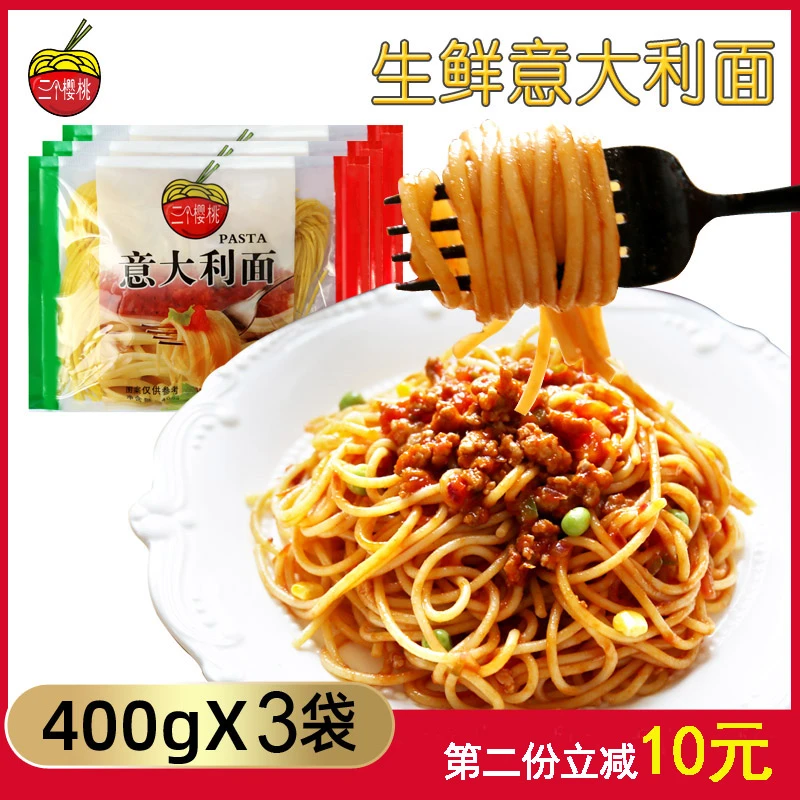korean noodle cold
The Refreshing Delight of Korean Cold Noodles
Korean cold noodles, known as naengmyeon, are a popular dish that beautifully combines tradition, flavor, and texture in a bowl. Often enjoyed during the hot summer months, these chilled noodles offer a refreshing escape from the heat, providing a perfect balance of coolness and savory satisfaction. This dish is not just about nourishment; it is a cultural experience steeped in history.
What is Naengmyeon?
Naengmyeon, literally translating to cold noodles, is made from buckwheat or sweet potato starch, resulting in thin, chewy strands. It is served cold, typically in a bowl of chilled broth made from beef or dongchimi (radish water kimchi), enhanced by a splash of vinegar and a dash of mustard. Toppings often include sliced cucumbers, pears, and a hard-boiled egg, making each serving a vibrant and colorful plate. There are several regional variations of naengmyeon, with two notable types being mul-naengmyeon (cold soup) and bibim-naengmyeon (spicy mixed).
A Brief History
The roots of naengmyeon can be traced back to the Goguryeo era (37 BC – 668 AD) in the northern regions of Korea. It was originally a dish enjoyed by the ruling class, symbolizing a blend of simplicity and luxury. Over the centuries, it has evolved and spread across Korea, becoming a staple dish for the masses, particularly during the sweltering summer months. The dish embodies the resourcefulness of Korean cuisine, making use of local ingredients such as buckwheat and vegetables available in the region.
Preparing Naengmyeon
Making naengmyeon at home can be a rewarding endeavor. First, you need to prepare the noodles. Traditional recipes call for buckwheat flour, which lends a distinct earthy flavor and a chewy texture. After boiling, the noodles are rinsed under cold water to stop the cooking process and achieve the desired coldness.
korean noodle cold

Next, the broth is crafted. For a beef-based broth, simmer beef brisket or shank with aromatics like garlic and ginger, and season it with soy sauce and sesame oil. Alternatively, for a vegetarian option, dongchimi can be used, providing a refreshingly tart flavor.
Once the broth is ready, it’s time to assemble the bowl. Place the cold noodles in a serving bowl, pour the chilled broth over them, and add your choice of toppings—sliced cucumber, Korean pear, and boiled egg are traditional favorites. A sprinkle of sesame seeds and a dollop of mustard can enhance the flavor, bringing the dish together beautifully.
Eating Experience
The experience of enjoying naengmyeon goes beyond just tasting; it is a communal and comforting ritual. Traditionally, it is served in a large shared bowl during gatherings, but it can also be found as a delightful meal in restaurants throughout Korea. The act of slurping the noodles brings a satisfying sound that adds to the enjoyment, and every bite feels like a cool reprieve from the summer heat.
Cultural Significance
Naengmyeon also holds cultural significance, especially during celebrations like the Korean New Year and the summer solstice. The dish is often associated with the concept of resilience and renewal, symbolizing the strength and perseverance of the Korean people. Eating naengmyeon is believed to bring good fortune, especially when shared among family and friends.
Conclusion
In conclusion, Korean cold noodles are much more than just a dish; they are a slice of Korean heritage, a summertime staple, and a refreshing treat that quenches not only hunger but also the soul. Whether enjoyed at a family gathering, a local restaurant, or made at home, naengmyeon offers a unique culinary experience that highlights the beauty of Korean cuisine. So, the next time the heat waves hit or you’re searching for a nourishing meal, consider indulging in a bowl of naengmyeon—it’s the perfect way to cool down while experiencing a delightful taste of Korea.
-
Unleash Your Inner Chef with Delectable Italian Pasta CreationsNewsAug.01,2025
-
Savor Health and Flavor: Irresistible Soba Noodles for Sale Await!NewsAug.01,2025
-
Nourish Your Body with Premium Organic Ramen - A Culinary Delight AwaitsNewsAug.01,2025
-
Elevate Your Dishes with Our Exquisite Kinds of Egg NoodlesNewsAug.01,2025
-
Dive into Flavorful Convenience with Our Ramen OfferingsNewsAug.01,2025
-
Discover Exquisite Types of Naengmyeon and Chilled Soba NoodlesNewsAug.01,2025
-
Is Whole Wheat Pasta Healthy?NewsMay.30,2025
Browse qua the following product new the we

















































































































